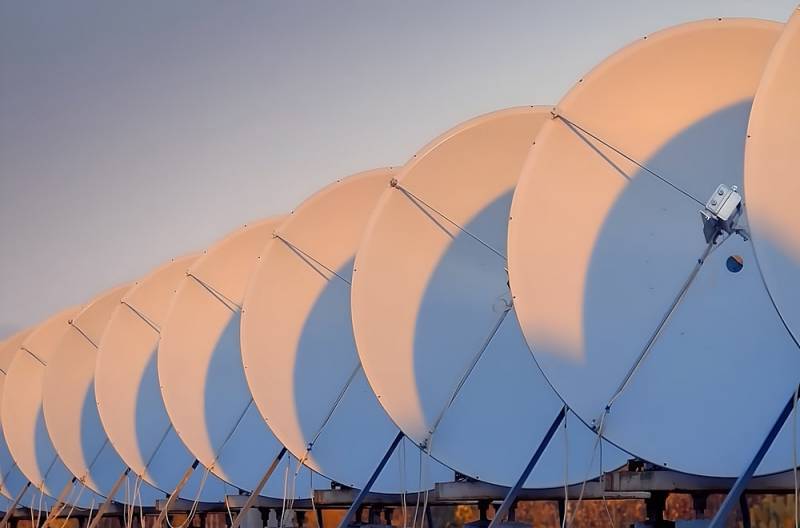Russia built the world's first operating radioheliograph
Russian scientists and engineers are completing the first stage of the creation of the National Heliogeophysical Complex. It is reported that in Buryatia the construction of a radio heliograph, which is necessary for studying the Sun and forecasting space weather, has been completed.
The construction of this object was carried out for 10 years. The unique radio heliograph consists of 526 antennas and should be put into operation by the end of this year. At the same time, it is already operating in a test mode, which means that the facility in Buryatia is currently the first operating radioheliograph in the world.
It is worth recalling that earlier, last year, a complex of optical instruments was put into operation.
Now the time has come for the second, final stage in the creation of the Russian National Heliogeophysical Complex.
According to the plan, construction of the most complex instrument will begin this year - a coronagraph telescope with a mirror with a diameter of 3 meters, which will become the second largest in the world after the 4-meter American one located in Hawaii. In addition, a lidar and radar systems will be built over Lake Baikal in the Tazheran steppes of the Olkhonsky region, and a heating facility for studying the ionosphere will be built near Angarsk.
After the completion of the construction of all facilities and the commissioning of the National Heliogeophysical Complex, by 2030 Russia will receive a powerful tool for studying the Sun. But here the question may arise - why do we need it?
To date, humanity, despite its development, knows quite a bit about the Sun. Meanwhile, the activity of a star directly affects space weather, and the latter, in turn, has a direct impact on electronics and the human body.
One of the clearest examples of such an impact was the deorbiting of 40 of the 49 Starlink satellites launched by SpaceX. The incident occurred in February of this year, and it was caused by a powerful magnetic storm.
If the operators of the American company had the necessary equipment for accurate space weather forecasting, the loss of expensive devices could be prevented. And this is just a special case.

Information